5 things not to prune this November – leave these plants as they are and they will thrive next year
Although late fall seems an obvious time to get plants in shape first check their pruning preferences so you don't send them into stress mode
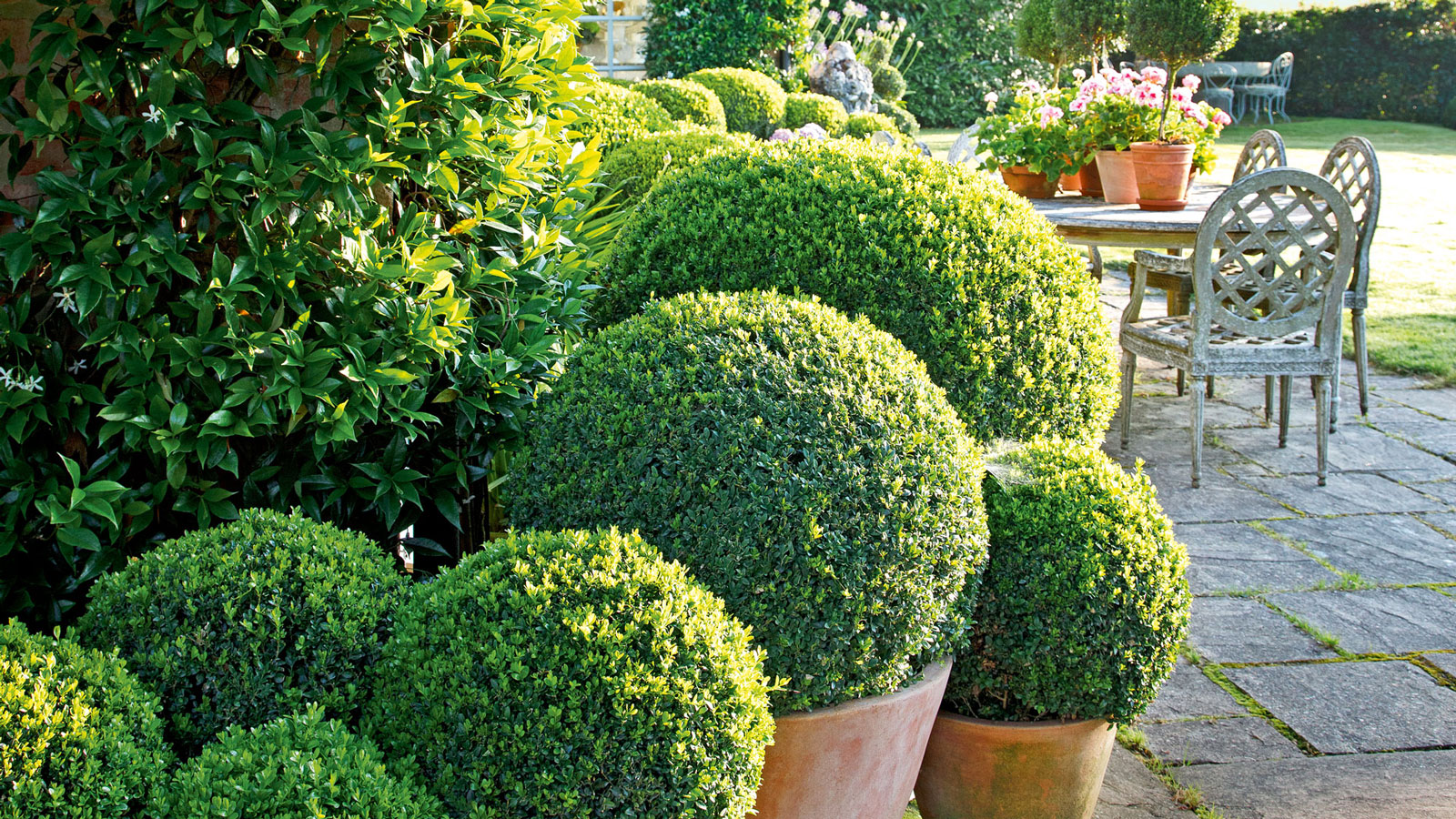
Late fall might seem like the right time to prune plants but in fact the best time of year to do this varies. While it's the right time of year for many plants, others prefer to be pruned in late winter, early spring or even summer.
Pruning a plant at the wrong time probably won’t kill it unless you do it again and again, or are caught out by some extreme weather conditions like an unexpected hard frost. It might weaken the plant though, so it's a good idea to get your head round the best time to prune your favorite varieties.
Sometimes pruning seems unavoidable at this time of year, even if you realize it's not the preferred time. If you see a stem damaged by high winds or being attacked by blight, it needs removing immediately. If this is the case making a few cuts here and there is fine.
We've highlighted 5 things not to prune this month in a modern garden. It's time to park the pruning shears and instead find out when you should be doing it for the best results, so we've included details for that too.
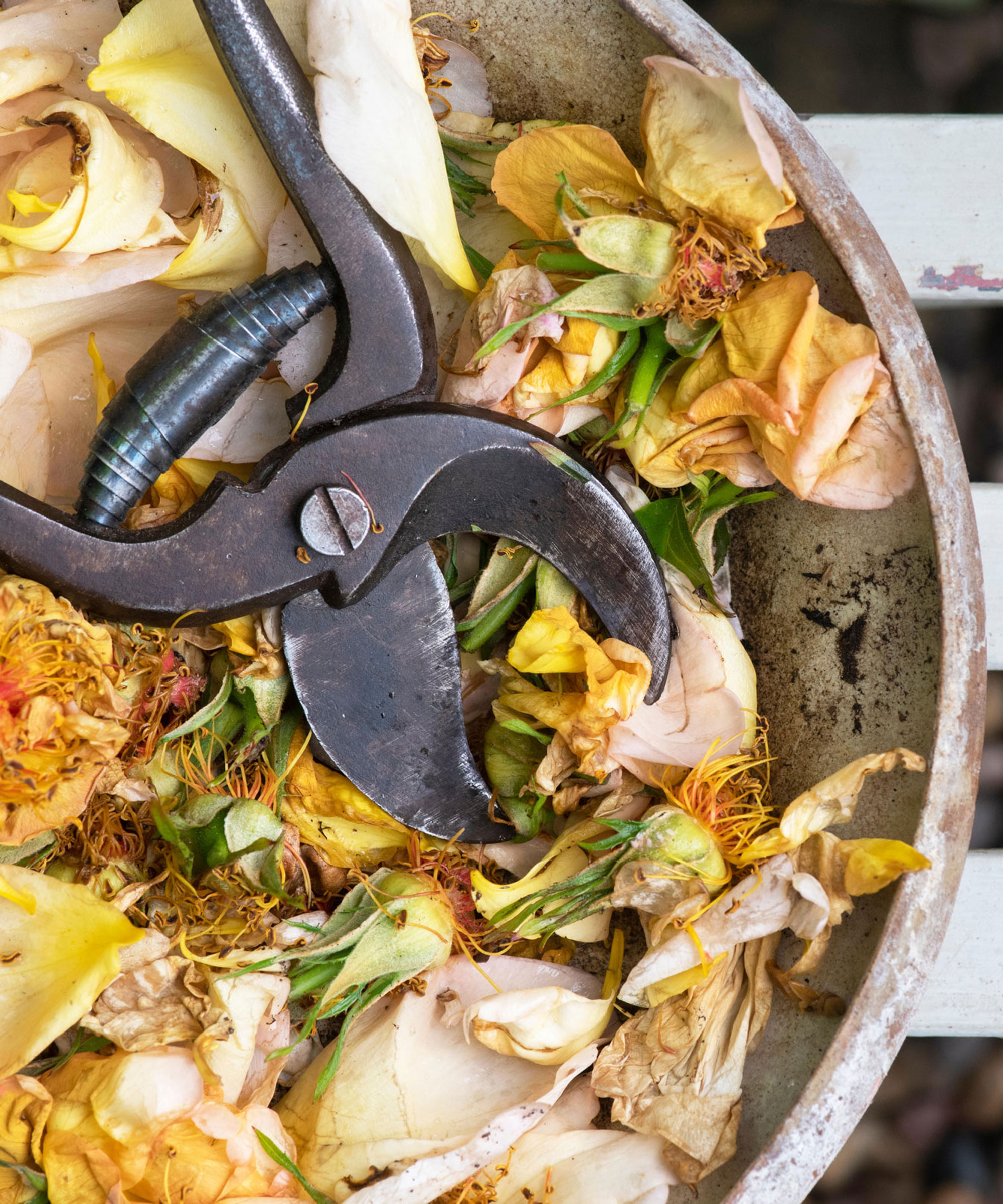
5 things not to prune this month
While many plants and trees can – and should – be pruned now, after the final blooms of the year start to fade and before the new season's growth begins, there are other plants that should absolutely be left alone.
Although it's tempting to whip out the pruning shears and get to work there are some plants that benefit from not being pruned in fall. These include plants that produce their new blooms on old wood. If you remove this old wood, new blooms will have nowhere to grow in the following year.
Pruning also encourages new growth, and these tender shoots can suffer from winter weather if they don't have time to harden off before frosts.
The Livingetc newsletters are your inside source for what’s shaping interiors now - and what’s next. Discover trend forecasts, smart style ideas, and curated shopping inspiration that brings design to life. Subscribe today and stay ahead of the curve.
There are some surprises here too. The list includes evergreens, those stalwarts of the winter garden that become the stars of the show around now.
1. Magnolia
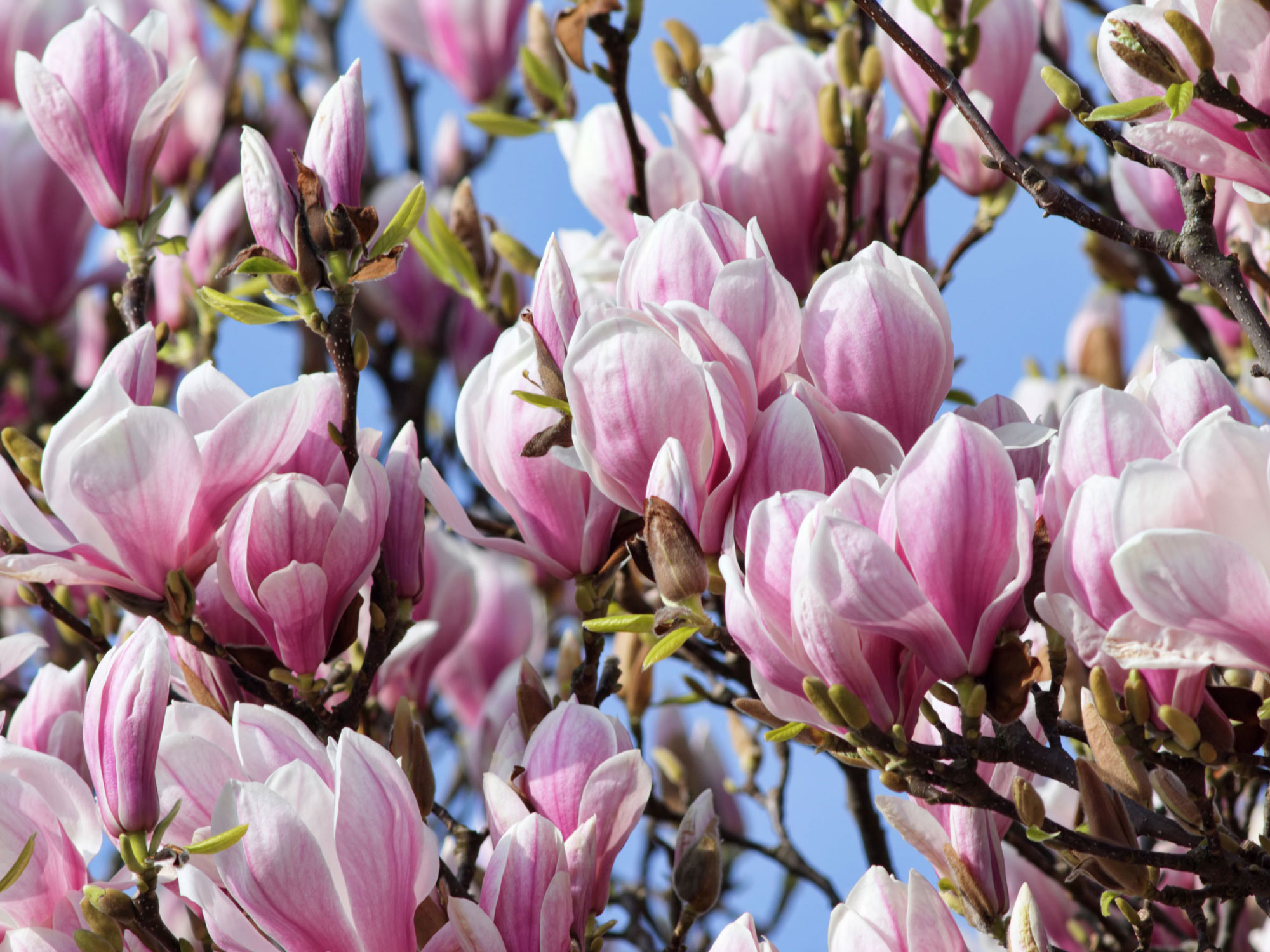
These stunning trees are universally popular as they're easy to grow in even a small backyard. There are two types of magnolia, deciduous and evergreen. But whether your magnolia keeps its leaves all year round or loses them, pruning doesn't usually come high on the to-do list.
If you do think you need to prune your magnolia, for example to tidy up a tree that is misshapen or remove any dead branches, this definitely shouldn't be done in winter. If you prune in winter any cuts you make are liable to loss of sap, which is known as 'bleeding', and will be detrimental to your tree.
Instead prune deciduous varieties of magnolia between mid-summer and early fall, while evergreen magnolia trees should be pruned in spring when growth begins. This will guarantee more of the blooms you love and a shapelier looking tree.
2. Evergreens
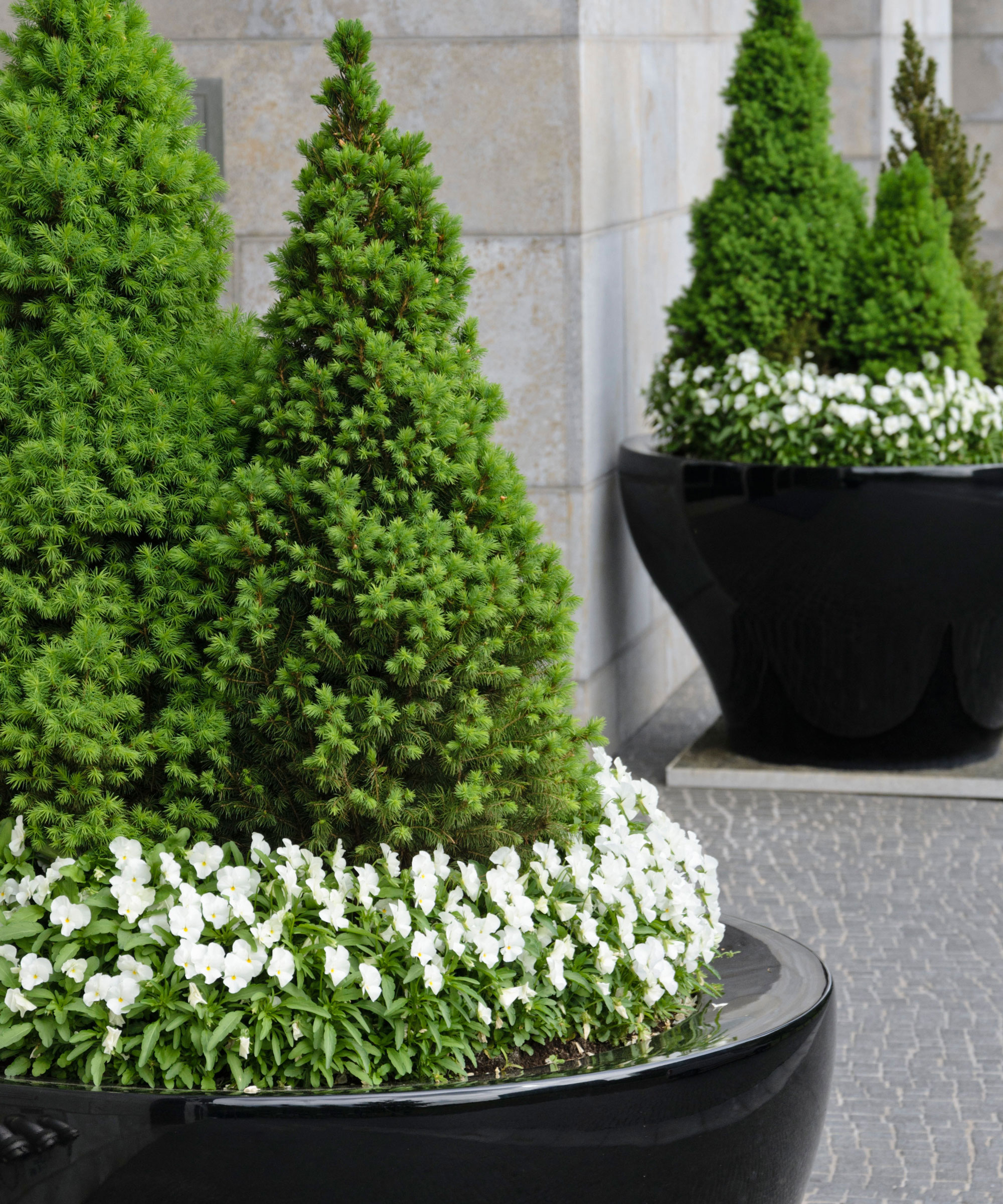
Once established, most evergreen trees and shrubs are fairly low maintenance and need very little pruning, unless you like topiary that is. Pruning, when required, is generally carried out in late winter or early spring, not fall. If you prune evergreens late in the year the plants can become susceptible to damage in winter.
If, however, you notice any dead or diseased evergreen foliage it should be removed as soon as possible whatever the month. This often means cutting the branch back to the trunk or to ground level for a shrub.
Another exception to this pruning rule is flowering evergreens such as camellias, which should be pruned right after they bloom in spring to avoid cutting off the new growth that will produce the following year’s flowers.
3. Apple trees
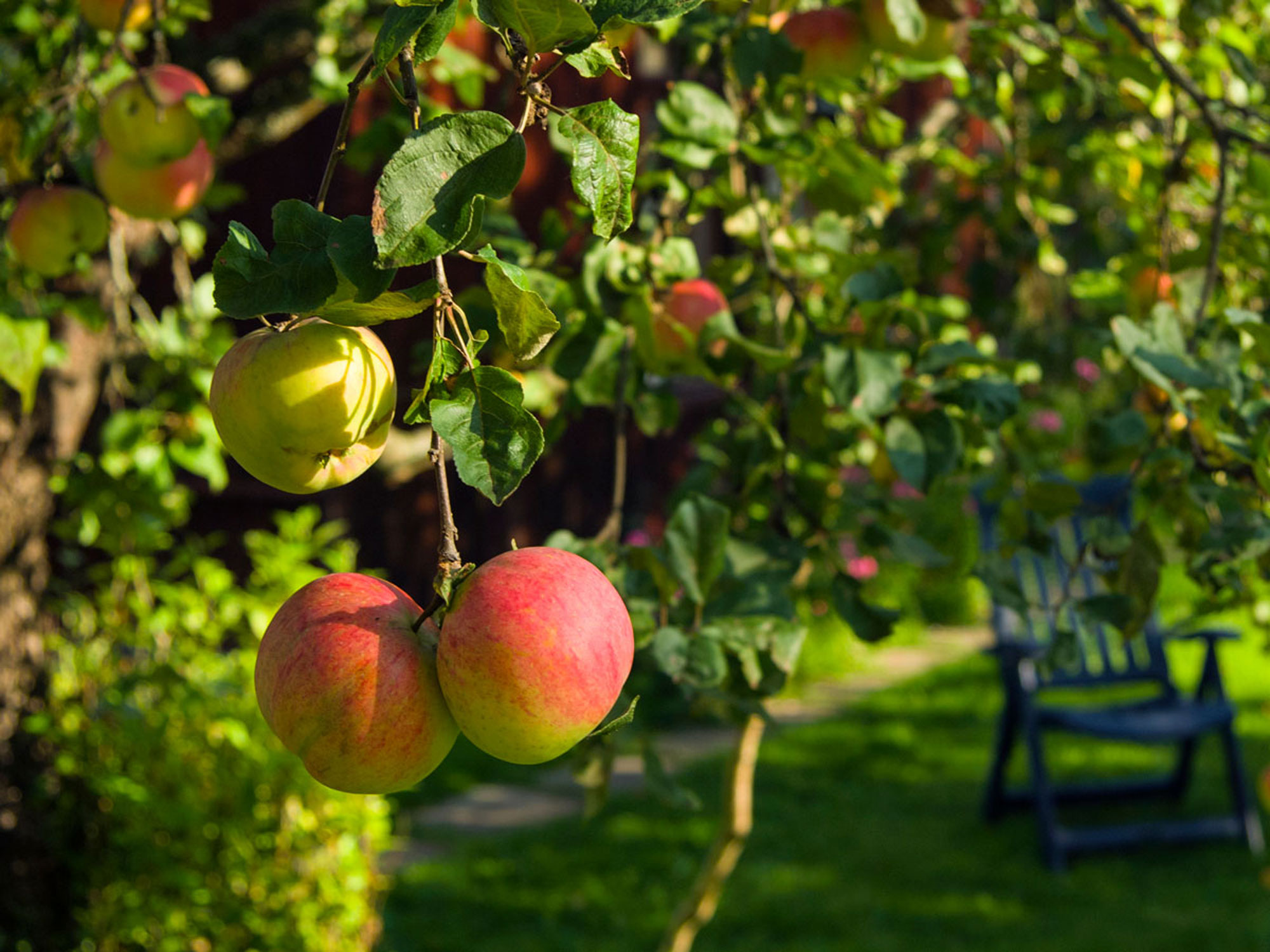
The best time to prune apple trees is in winter or spring. It's better to avoid doing it in fall as it can stimulate new growth at a time when the tree is getting ready to go into dormancy.
Pruning fruit trees in winter encourages new growth ahead of the winter season, which may leave them exposed to frost damage. Pruning also tends to lessen hardiness, so pruning now can damage the tree if followed by extreme temperatures, as it takes a couple of weeks for the tree to recover.
Light pruning of any dead, diseased or unsightly branches in fall is fine, especially if your tree is already established and you don’t live in an area with a particularly harsh winter.
4. Lilac
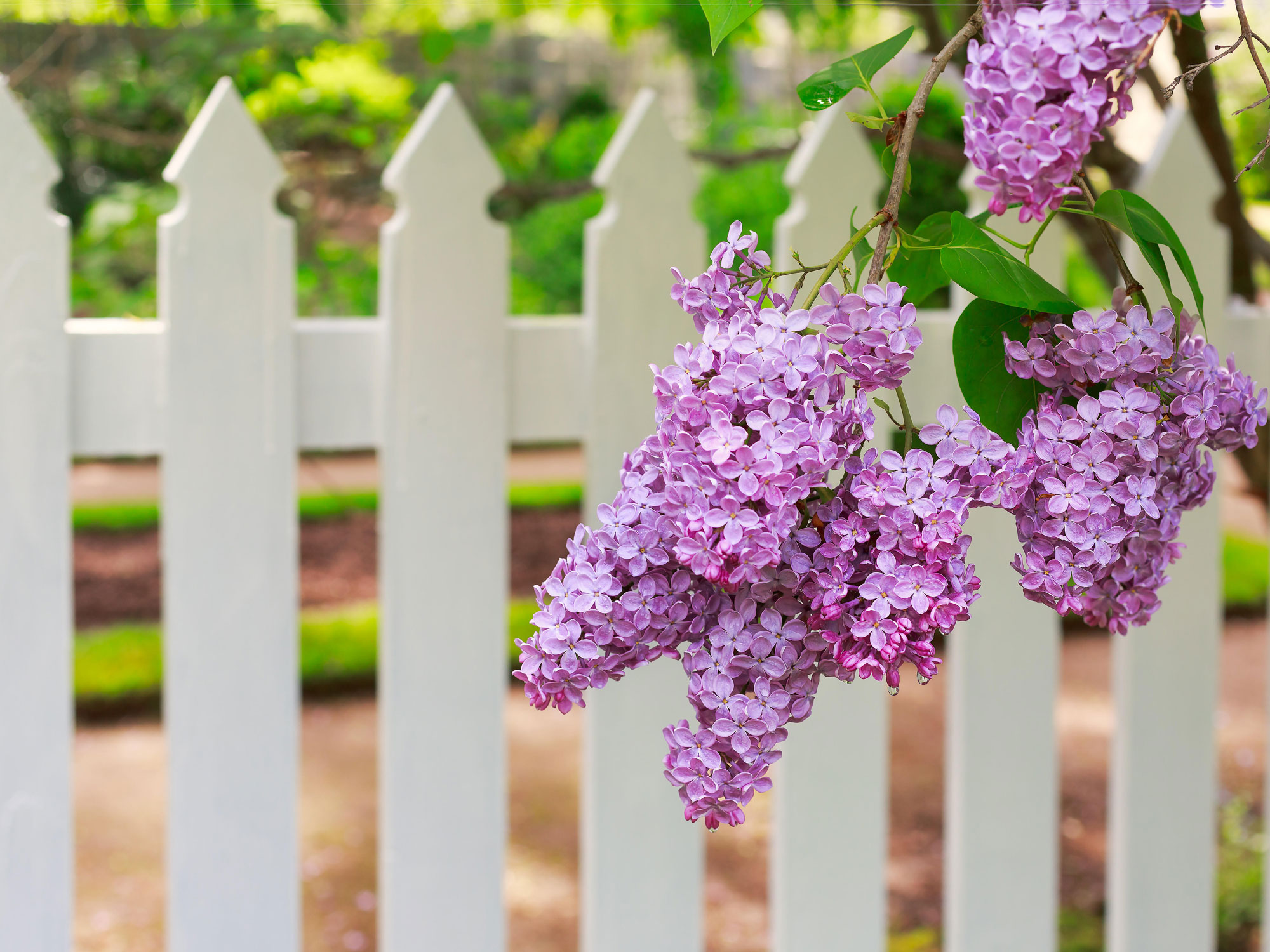
If plants flower on old wood, such as lilacs, you risk removing branches that will carry next year’s flowers by pruning now. It's a common pruning mistake to do it late in the season, as it will remove flower buds and therefore reduce the amount of blooms you get.
Instead of fall pruning, the trick is to cut back lilac bushes straight after they finish flowering in late spring or early summer. They will start producing fresh buds for next year's flowers right after the blooms fade, so you must get in quickly. They need a light annual prune to tidy them up and this should never be done in fall or winter.
'Remove spent flower heads to encourage continuous flowering and prevent seed development,' say the experts at Burpee. If your lilac bush needs some remedial work as it's unkempt or has grown too big, this should also be done then. 'Prune to rejuvenate after blooming in spring. Cut plants to the base and they will grow back during the season.'
5. Mock orange
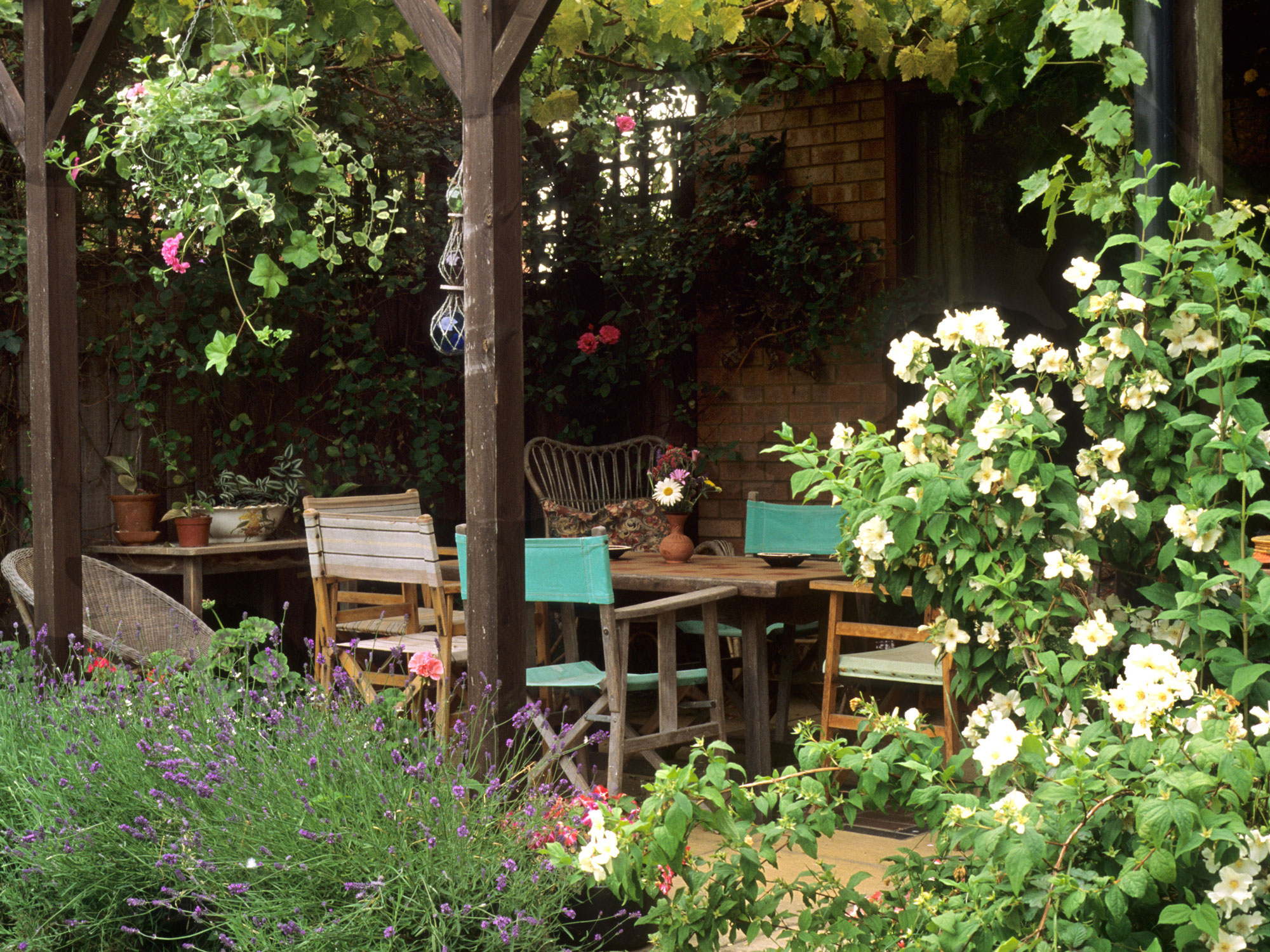
These heavenly scented and prolifically blooming plants are one of our favorite plant landscaping ideas. Low maintenance and easy to care for, mock oranges (also known as Philadelphus) are another plant that shouldn’t be cut back in fall. They flower on old wood and pruning late in the season will reduce the amount of blooms you get the following year.
Since mock orange blooms in late spring to early summer, they are usually cut back once a year in late May or June, unless you have just planted a new mock orange bush. If this is the case, you should wait until the following year before doing any deadheading or pruning.
'Train your mock orange shrubs to produce plenty of side branches with yearly pruning right after the flowers fade,' say the experts at Nature Hills plant nursery. 'Do a simple pinching back after the flowers are finished to encourage lateral buds to develop. This will help your shrub develop a full, bushy growth habit over time. Simply snip off the last few inches of every branch.'
With a just little pruning at the right time of year, a mock orange shrub makes a beautiful addition to your landscape for many years.
Lifestyle journalist Sarah Wilson writes about garden design and landscaping trends. She has studied introductory garden and landscape design, and also has an RHS Level 2 qualification in the Principles of Plant Growth and Development. She is a regular contributor to Livingetc.com, and also writes for Homes & Gardens, Country Living, Country Homes & Interiors, and Modern Gardens magazines. Her first job was at Elle magazine, during which time a trip to the beautiful La Colombe d'Or in St-Paul-de-Vence led to an interest in writing about all things botanical. Later as lifestyle editor at Country Homes & Interiors magazine one of the highlights were the run of captivating country gardens that were featured.


